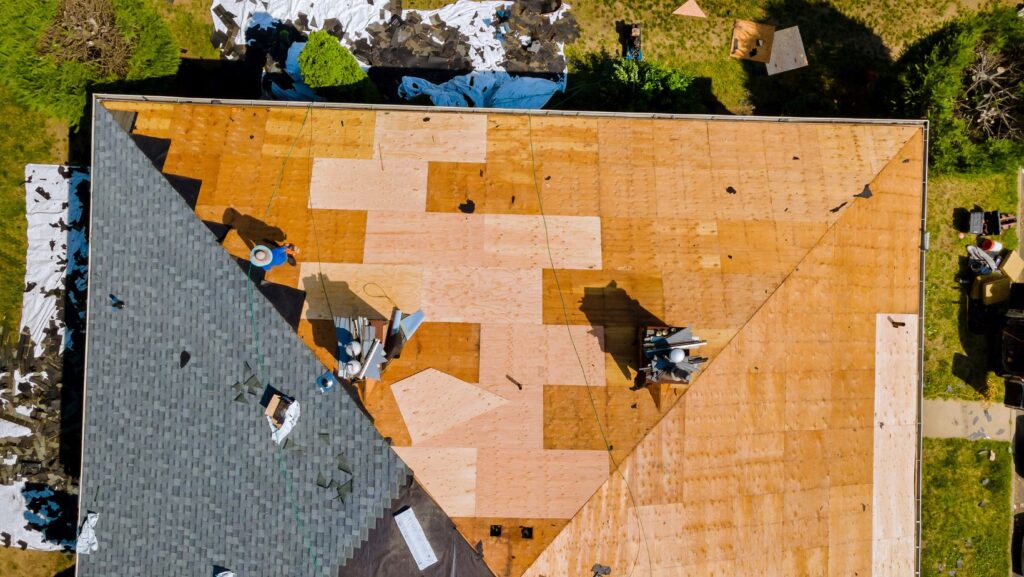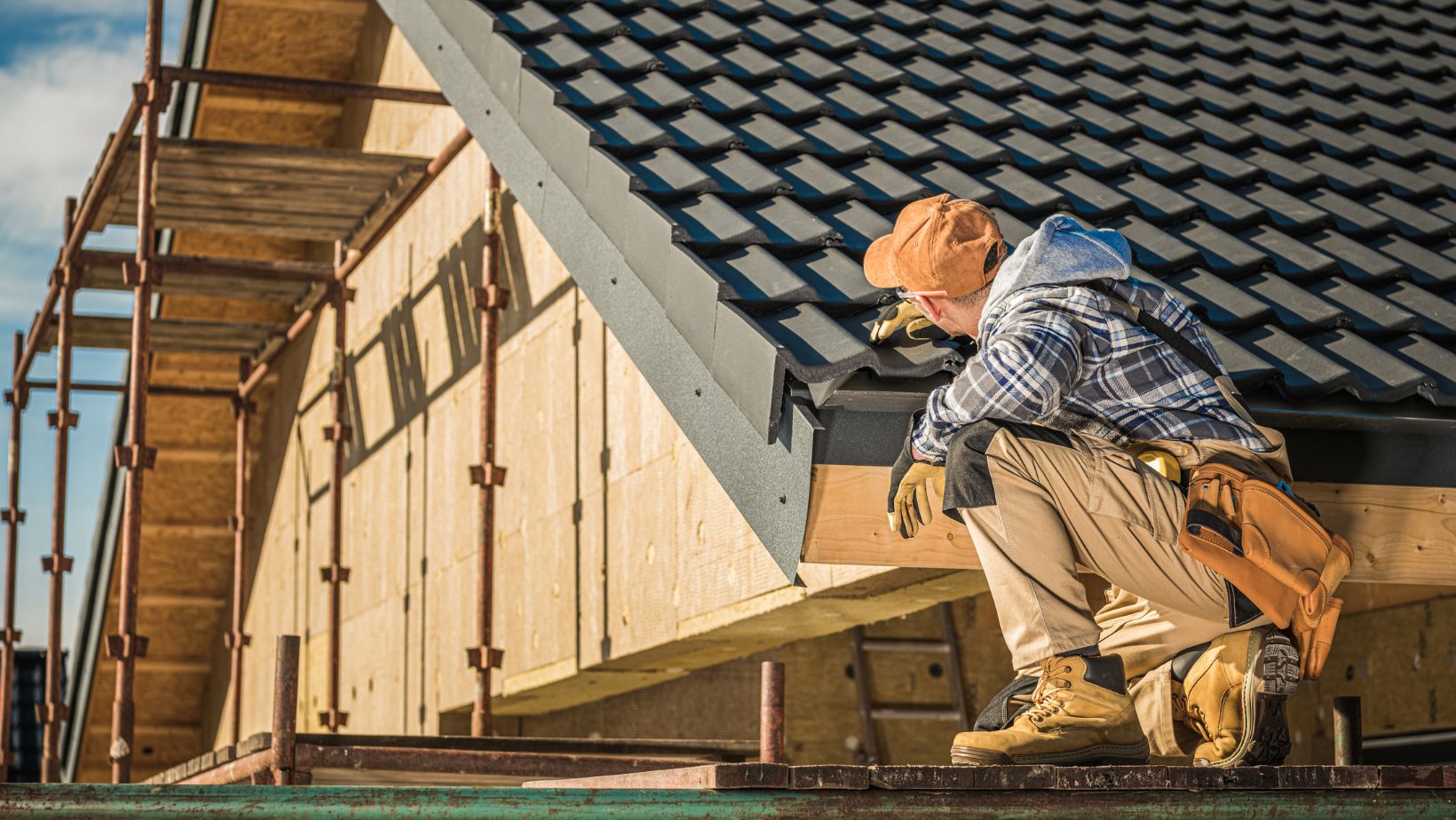
Introduction: A Roof Over Our Heads
Roofing has always been an essential aspect of human habitation. It’s not just about protection from the elements; it’s also a statement of architectural beauty and innovation. As we’ve evolved, so have our roofing materials, adapting to technological advancements and societal needs.
Ancient Beginnings: Thatch, Mud, and Stone
In ancient times, the materials at hand were the materials of choice. Thatch roofs, made from plant stalks, were popular, providing a rustic charm that’s still admired today. The ancient Egyptians, for instance, utilized palm leaves or reeds bundled together. In regions like ancient Mesopotamia, mud bricks were the go-to, while stone slabs, offering longevity, were preferred in parts of ancient Greece.
Classical Elegance: The Rise of Clay Tiles
With the progression of societies, roofing materials evolved. The Greeks and Romans introduced clay tiles, providing enhanced protection against both rain and fire. These tiles, especially the iconic curved ones reminiscent of ancient Rome, set the tone for roofing styles for many centuries.
Medieval Choices: Wood Shingles and Slate
Fast forward to the medieval period, and wood shingles began to dominate the European landscape. While they posed a fire risk, their lightweight nature and ease of production made them a popular choice. 
Industrial Revolution: The Age of Metal and Asphalt
The Industrial Revolution brought about significant changes in roofing materials. Metal roofing, especially corrugated iron, became the standard due to its durability and fire-resistant properties. By the late 19th and early 20th centuries, asphalt shingles entered the scene. They were affordable, waterproof, and easy to install, making them a hit in North America and beyond.
Modern Innovations: Composite, Solar, and Green Roofs
Today, the push for sustainable and energy-efficient roofing materials is stronger than ever. Composite roofing, blending various materials for both durability and aesthetics, is gaining popularity. Solar roofs, with integrated photovoltaic cells, are revolutionizing how homes generate electricity. Green roofs, adorned with living vegetation, are celebrated for their environmental benefits, such as improved air quality and mitigation of the urban heat island effect.
Roof Restoration, Repair, and Cleaning in the Modern Age
In our quest for the perfect roof, the importance of maintenance cannot be overstated. Roof restoration ensures that roofs remain at their optimal condition, prolonging their lifespan. Roof repair addresses issues like leaks and damages, ensuring safety and functionality. And let’s not forget roof cleaning, which not only enhances a roof’s appearance but also prevents issues like mold growth and water damage.
The Future: Innovative Materials and Technologies
What does the future hold for roofing? Innovations like cool roofing are on the horizon. These roofs reflect more sunlight and absorb less heat, leading to reduced energy bills. 
Discussion: What’s Your Take?
The history of roofing materials showcases humanity’s adaptability and ingenuity. From humble thatch roofs to technologically advanced solar tiles, our pursuit of the ideal roof has been relentless. As we continue to prioritize sustainability and innovation, what do you think the future holds for roofing? How do you see the roles of roof restoration, repair, and cleaning evolving? Let’s discuss and envision the future of roofing together!












